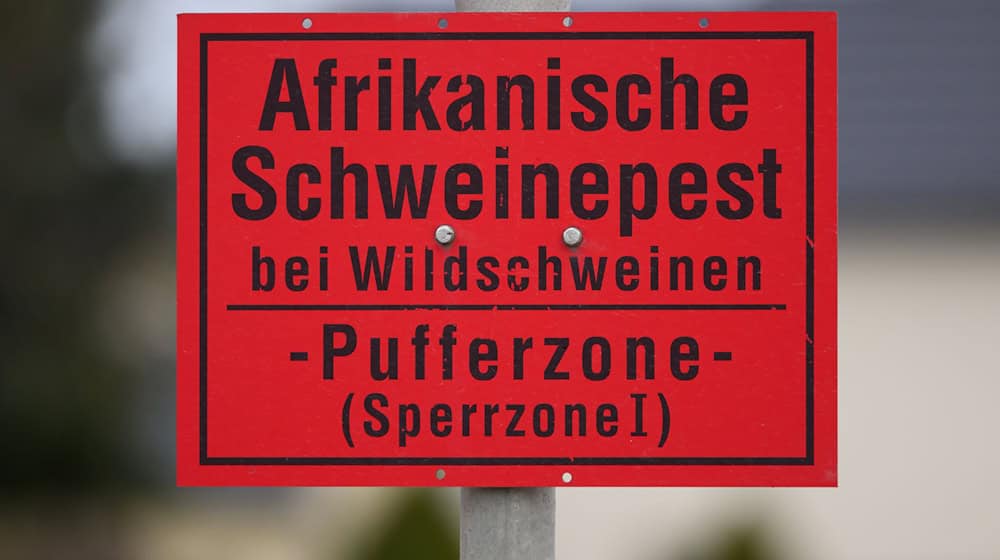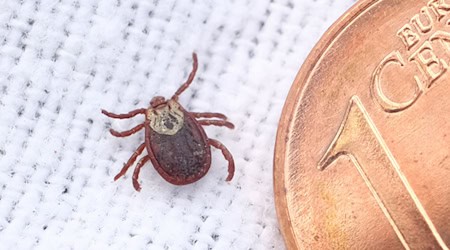African swine fever (ASF) is on the retreat in Saxony. According to Health Minister Petra Köpping (SPD), the animal disease is under control. Since August 2024, there has only been one detection in a fresh boar in the district of Bautzen, the minister said after the cabinet meeting in Dresden. Of a total of 2,398 ASF cases, only 55 are "active" - meaning they were detected less than a year ago. Domestic pigs have not yet been affected by the virus.
Banned zone to be further reduced in May
According to the ministry, there are currently only restricted zones in parts of the districts of Bautzen and Görlitz covering an area of just under 3,000 square kilometers. Previously, there were 5,000 square kilometers. "The number of active cases that still require control measures is gradually decreasing. I hope that we will be able to reduce the size of the restricted zones again in May and thus lift the strict restrictions in other areas, especially for agriculture," said Köpping. Nevertheless, we must remain vigilant.
Swine fever has so far cost Saxony almost 55 million euros
According to Köpping, Saxony has so far spent 54.8 million euros on combating swine fever. The federal government has only provided a small amount of support. The federal states should also form a community of solidarity when it comes to epidemics, the minister said. The majority of the funds had been spent on around 850 kilometers of metal fencing. Around 400 kilometers of fence could be dismantled, especially in the district of Meißen, it was said. Some could be sold.
Thanks to the hunting community in Bavaria
Köpping thanked the hunting community for reducing the number of wild boar and helping to find dead animals. A corresponding hunting project was supported with 2.8 million euros. Dogs and drones were also used in the search for dead animals. A good 1,800 of the 2,398 infected wild boars were identified in this way. Since October 2020 - the first case of ASF in Saxony - the State Research Institute of Saxony has examined almost 200,000 samples, including almost 90,000 from domestic pigs.
"The fight against African swine fever has brought many hardships and additional costs for livestock farmers, farmers and hunters," said Wilhelm Bernstein, Vice President of the Saxony Hunting Association. The disease has been contained, but not yet defeated. The wild boars had been hunted massively and ASF had also reduced the populations. Nevertheless, they are growing again thanks to mild winters and plenty of food.
ASF not dangerous for humans
ASF swine fever is a viral infection that only affects wild and domestic pigs. It is harmless to humans and other animal species. It is almost always fatal and incurable. Surviving animals do not develop immunity to the virus and can therefore become infected again. There is currently no way of protecting pigs by vaccination. The disease can be transmitted directly from animal to animal or indirectly through humans via contaminated objects and feed.
Copyright 2025, dpa (www.dpa.de). All rights reserved










